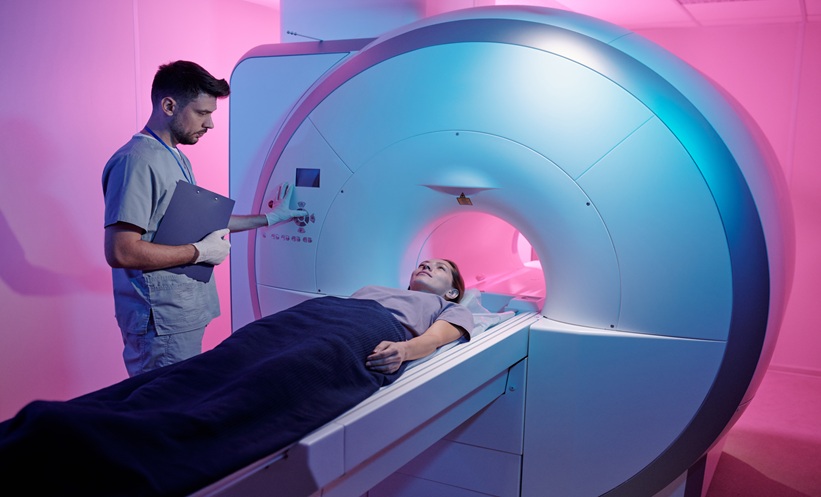ACCORDING to findings from a dual-centre study, the novel MRI-based nested habitat radiomics model significantly improves the prediction of progression-free survival (PFS) in patients with primary spinal tumours.
Clinical Challenges in Predicting Outcomes in Primary Spinal Tumours
Accurate prognostic prediction in primary spinal tumours is crucial for optimal treatment selection but remains a major clinical challenge. These lesions are relatively rare and can exhibit considerable heterogeneity. In a new retrospective study, researchers aimed to develop an MRI-based habitat radiomics model to enhance PFS prediction in patients with primary spinal tumours.
The study included 259 patients with resected primary spinal tumours. Patients treated between March 2010 and August 2019 were assigned to the training set, while those treated from September 2019 to October 2022 formed the internal test set. Data from March 2010 to October 2022 were also used to create an external test set.
Researchers delineated entire tumour regions on T1- and T2-weighted MRI scans and applied a nested habitat radiomics approach to identify aggressive areas associated with poorer outcomes. A support vector machine first classified tumours based on global imaging features, after which local features were analysed to generate probability maps highlighting aggressive subregions. Using k-means clustering, the team identified the most active tumour microregions and constructed the final predictive model. Model performance was evaluated using the area under the receiver operating characteristic curve (AUC) and Kaplan–Meier survival analysis.
Enhancing Prediction of PFS in Patients with Spinal Tumours
The habitat model significantly outperformed conventional whole-tumour radiomics in predicting PFS (AUC 0.93 vs 0.82 in the training set; P = .03). When combined with clinical variables, performance improved further, achieving AUCs of 0.95, 0.86, and 0.89 in the training, internal, and external validation cohorts, respectively. The nested habitat radiomics score emerged as an independent risk factor for 3-year PFS (24 vs 28 months for high- vs low-risk groups; P = .04).
The authors concluded that focusing on tumour subregions—rather than global imaging features—may better capture the biological heterogeneity driving disease progression. Incorporating these advanced imaging biomarkers into clinical workflows could support early risk stratification and guide more personalized treatment planning for patients with spinal tumours.
Reference
Qizheng Wang et al. MRI-based Habitat Analysis for the Prediction of Progression-Free Survival in Primary Spinal Tumors. Radiology. 2025;DOI: 10.1148/radiol.242993.








